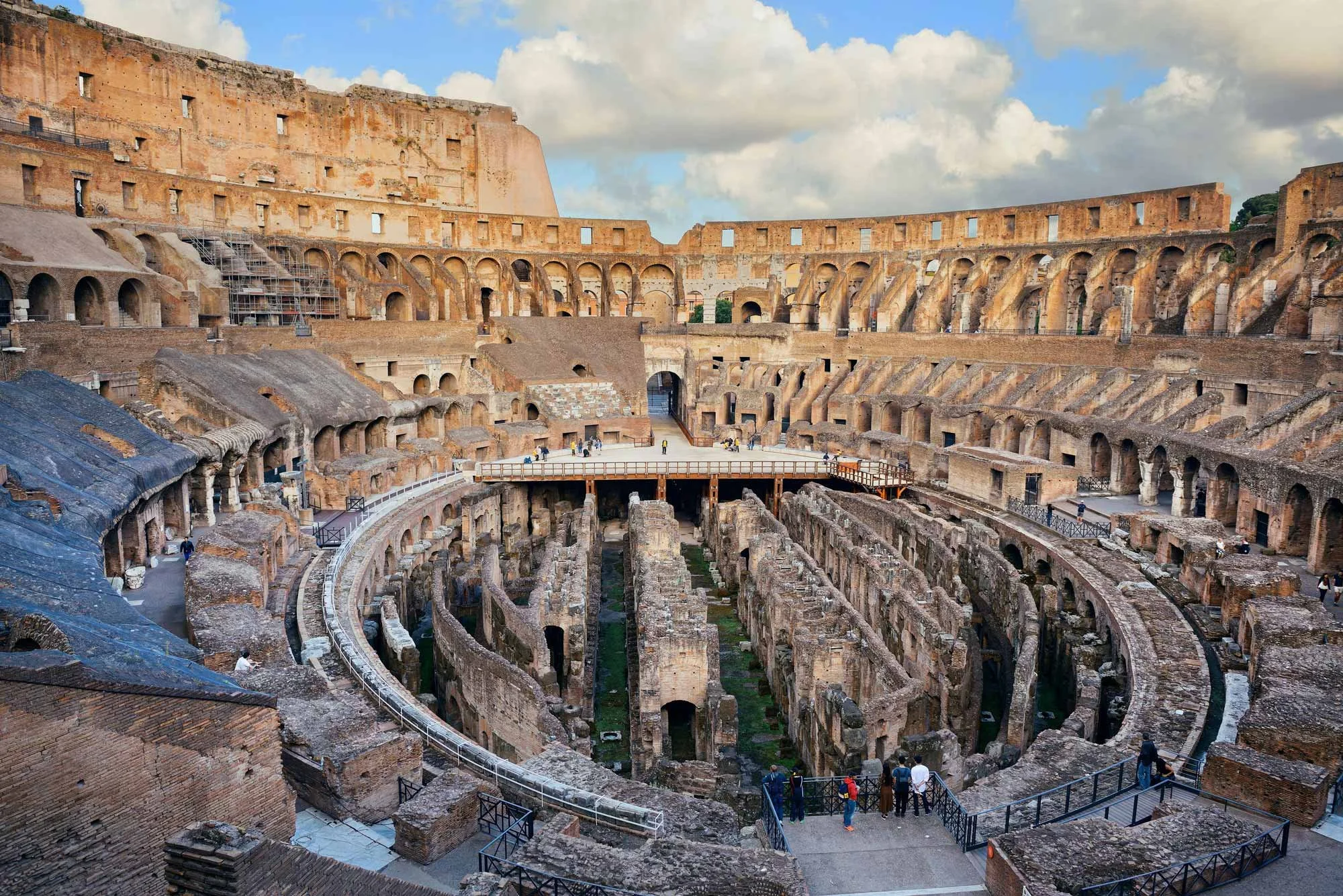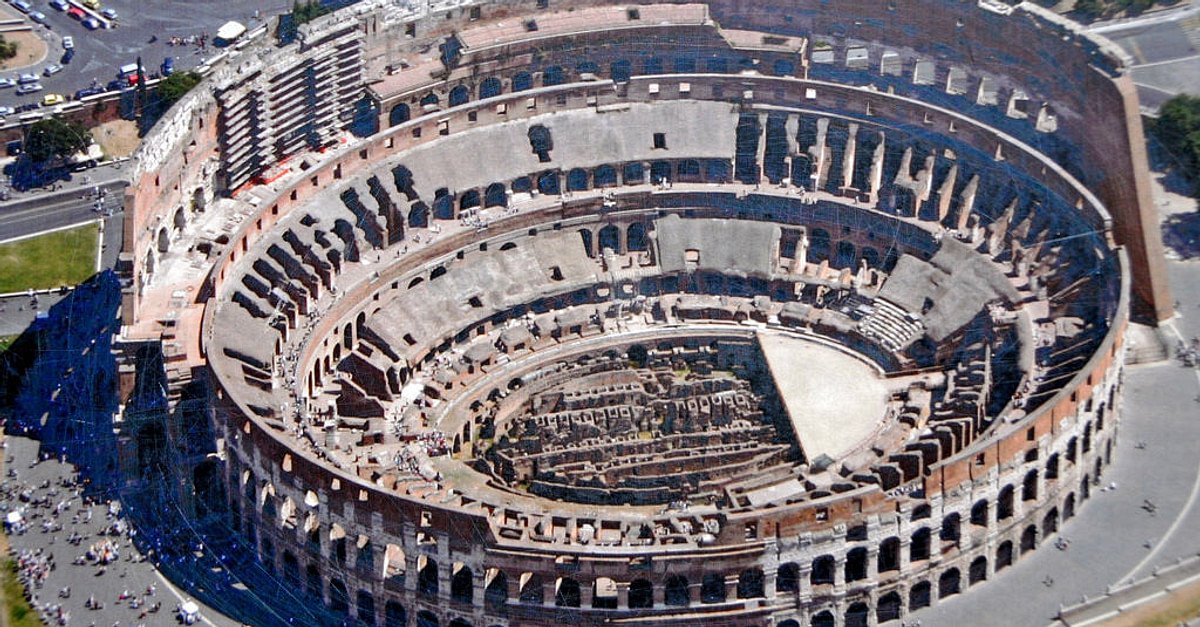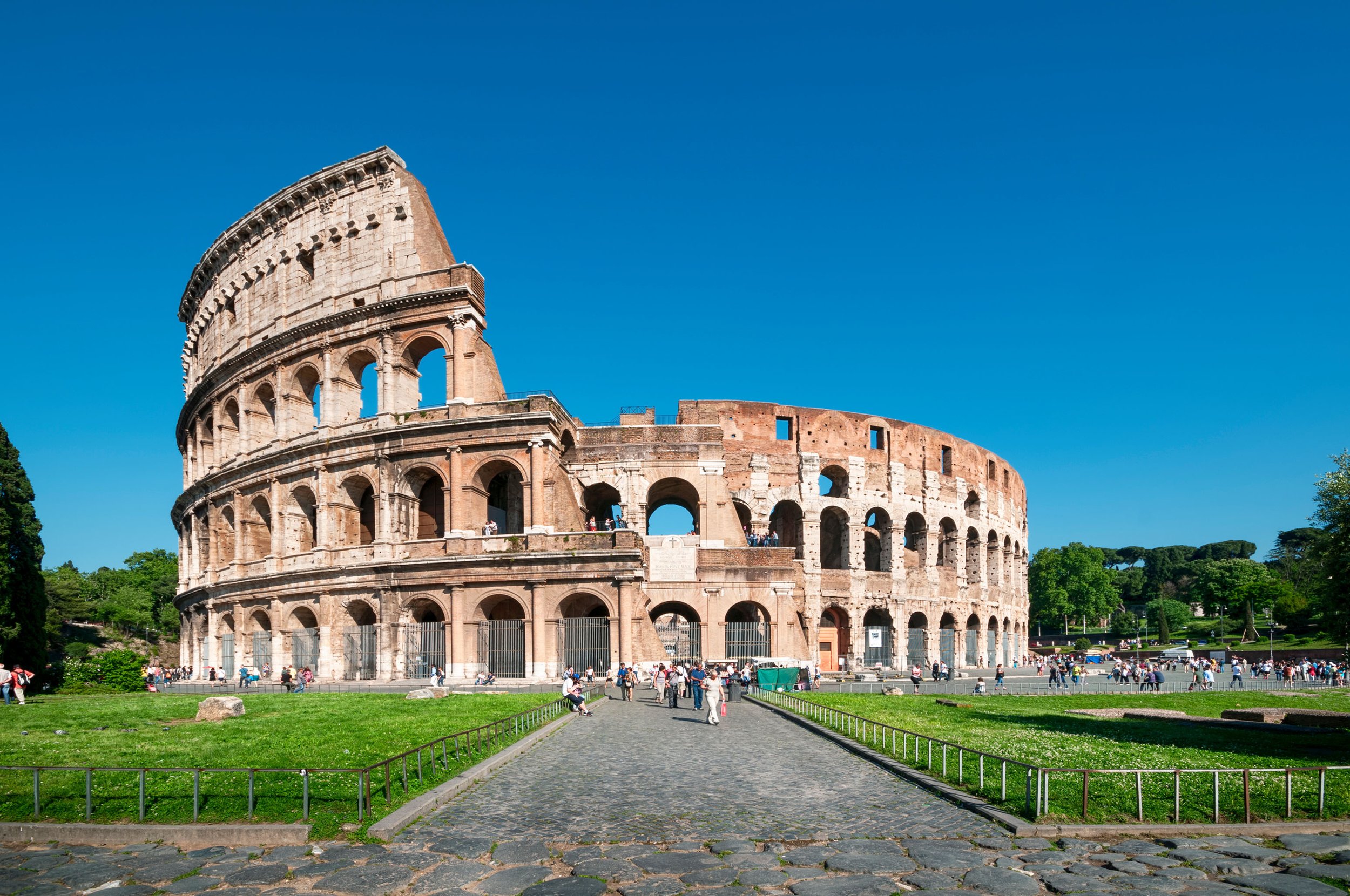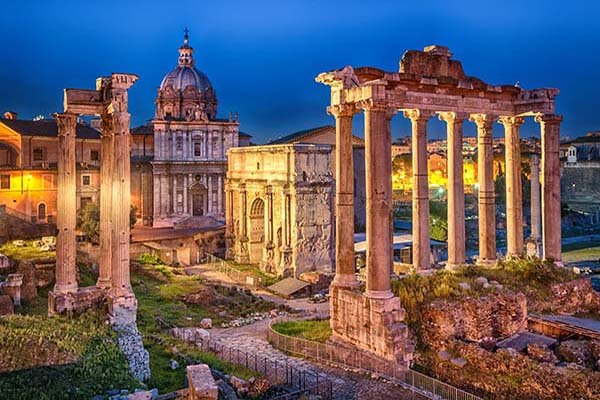Ah, Paris—the city of boulevards, butter, and bemusement. But long before your first café crème or moules-frites, something else grabs your gaze: an iron lacework that reaches toward the clouds. Yes, we're talking about the Eiffel Tower—La Dame de Fer, the Iron Lady, the monument that’s been photobombing marriage proposals and backpackers’ selfies since 1889.
Sure, it’s iconic. But the Eiffel Tower is more than postcard fodder. It’s an enduring symbol of Parisian brilliance, engineering audacity, and, dare I say, surprisingly excellent stairwell cardio. Consider this your insider’s blog guide to all things Tower-centric: where to go, what to eat nearby, how to avoid the queues that crush dreams, and where to find that one viewpoint even Parisians won’t tell you about.
A Brief Affair with History (Don’t Worry, It’s Juicy)
Built for the 1889 Exposition Universelle to celebrate the French Revolution’s centennial (because what better way to commemorate a bloody uprising than 18,000 iron parts bolted together?), the Eiffel Tower was meant to be temporary. Yes, temporary. Parisian elites hated it, calling it “a monstrous iron asparagus.” Gustave Eiffel lovingly ignored them.
Fast forward 135 years, and not only is the Eiffel Tower still standing—it’s the most visited paid monument on earth. With nearly 7 million visitors per year, the dame aged remarkably well.
The Three Levels of Iron-Clad Bliss
Level One: This is your warm-up. Exhibitions, a glass floor (not for the faint of vertigo), and a fascinating look at the tower’s past through digital displays await you here. Pro tip: snag a coffee at the 58 Tour Eiffel restaurant while gloating over NOT taking the elevator.
Level Two: Picturesque doesn’t begin to cover it. This is the sweet spot where every influencer, travel blogger, and birthday girl in a tulle skirt poses. The views of the Seine, Sacré-Cœur, and Arc de Triomphe are spectacular—but there’s also a gift shop with tastefully overpriced Eiffel Tower keychains.
Level Three: Come for the romance, stay for the altitude. At 276 meters high, the summit offers panoramic eye candy. Sip on Champagne from the bar while contemplating life’s big questions: “Did I leave my phone in the Uber?” or “Will my Tinder date make it past appetizers?”
Pro Tip: Book your tickets online to avoid queues longer than the Louvre’s conspiracy theories.
Evening Shows Worth the Hype
Every hour after sunset, the Eiffel Tower transforms. For five minutes, 20,000 twinkling lights sparkle like it’s been dipped in stardust. By law, it’s illegal to share night photos of the Eiffel Tower for commercial purposes. In reality, everyone does it. You should too (just don’t tell Gustave Eiffel’s lawyer).
Best Viewing Spots Beyond the Obvious
- Trocadéro Gardens: Instagram gold. Best at sunrise for ethereal lighting and fewer humans.
- Rue de l’Université: A quiet residential street with the kind of commanding view that screams “engagement photo.”
- Montparnasse Tower: Yes, it’s ugly. But the top floor offers a view that includes the Eiffel Tower. Genius hack.
What to Eat Nearby (Because You Deserve It)
This isn’t some sad-tuna-sandwich situation.
- Le Jules Verne: A Michelin-starred love letter to French gastronomy, located right inside the Tower. Dress up. Order the wine pairing. Don’t look at your credit card the next morning.
- Café Constant: Classic, charming, and just a short walk from the tower. Think home-style duck confit and desserts that require restraint (which you won’t have).
- Crêpe Carts by the Seine: Affordable bliss. Nutella, banana, Grand Marnier—your carb goals are right here.
Nearby Cultural Sips
- Musée du Quai Branly – Jacques Chirac: An under-the-radar museum with indigenous art from Africa, Oceania, Asia, and the Americas. Vibrant and deeply moving.
- Champ de Mars: Not just for tourists. It’s where locals picnic, musicians serenade, and toddlers wage war with pigeons.
Your Next Step? Paris Awaits.
The Eiffel Tower is more than just a landmark; it’s the shimmering soul of Paris. Whether you're into architecture, history, or just really into well-framed travel selfies, it's a must-do. It’s not cliché—it’s classic. Ignore the cynics. Let your heart race just a little as you ascend this iron marvel.
Now, go forth, mes amis. And when in doubt, look up.
For more information, ticket booking, and current events at the tower, visit the official Paris Convention and Visitors Bureau: https://en.parisinfo.com
FAQs About the Eiffel Tower Experience
How long does it take to tour the tower?
Budget at least 1.5 to 2.5 hours, depending on how long you linger and how many selfies your friends ask you to take. More if you're dining or visiting all three levels.
Is there an elevator to the top?
Yes—two, in fact. But the athletic (and mildly delusional) can climb the 674 steps to Level 2. Elevators take you the rest of the way to the summit.
How do I get to the Eiffel Tower?
Take Metro Line 6 to Bir-Hakeim or Line 9 to Trocadéro for that iconic first glimpse. RER C works too (Champ de Mars-Tour Eiffel stop). Or walk guilt-free after that extra buttery croissant.
When is the best time to visit the Eiffel Tower?
Early morning (first entrance) or just before sunset offers the best light—and fewer crowds. Avoid peak afternoons unless human traffic jams are your thing.
Can I dine at the Eiffel Tower?
Absolutely. Le Jules Verne is a culinary gem with a side of skyline. For more casual options, there's also a Champagne bar at the top and snack kiosks on lower levels.










































